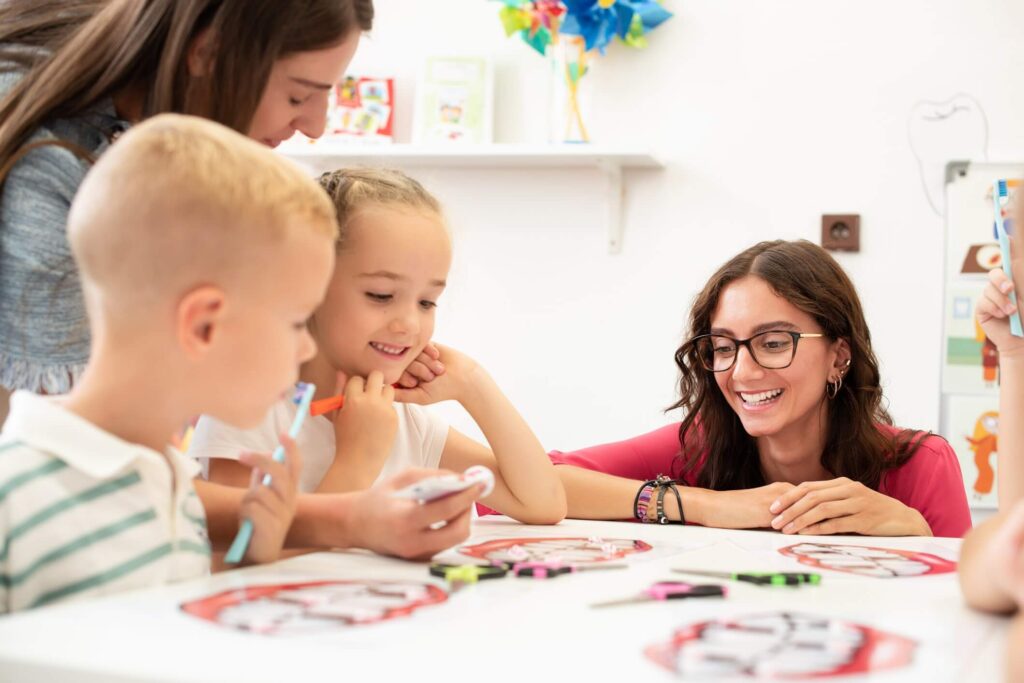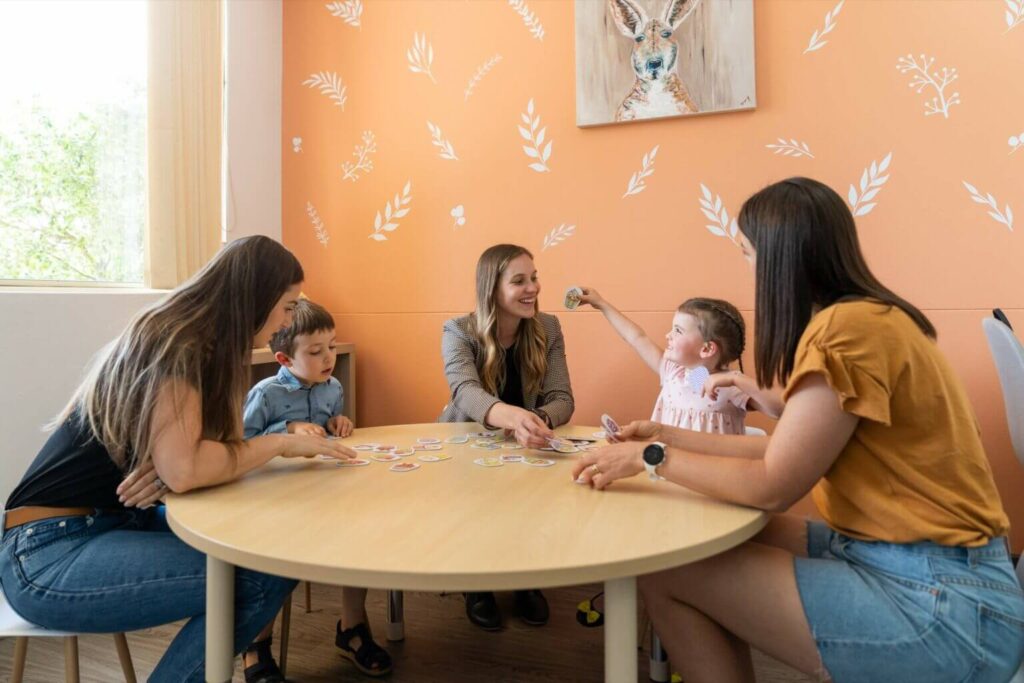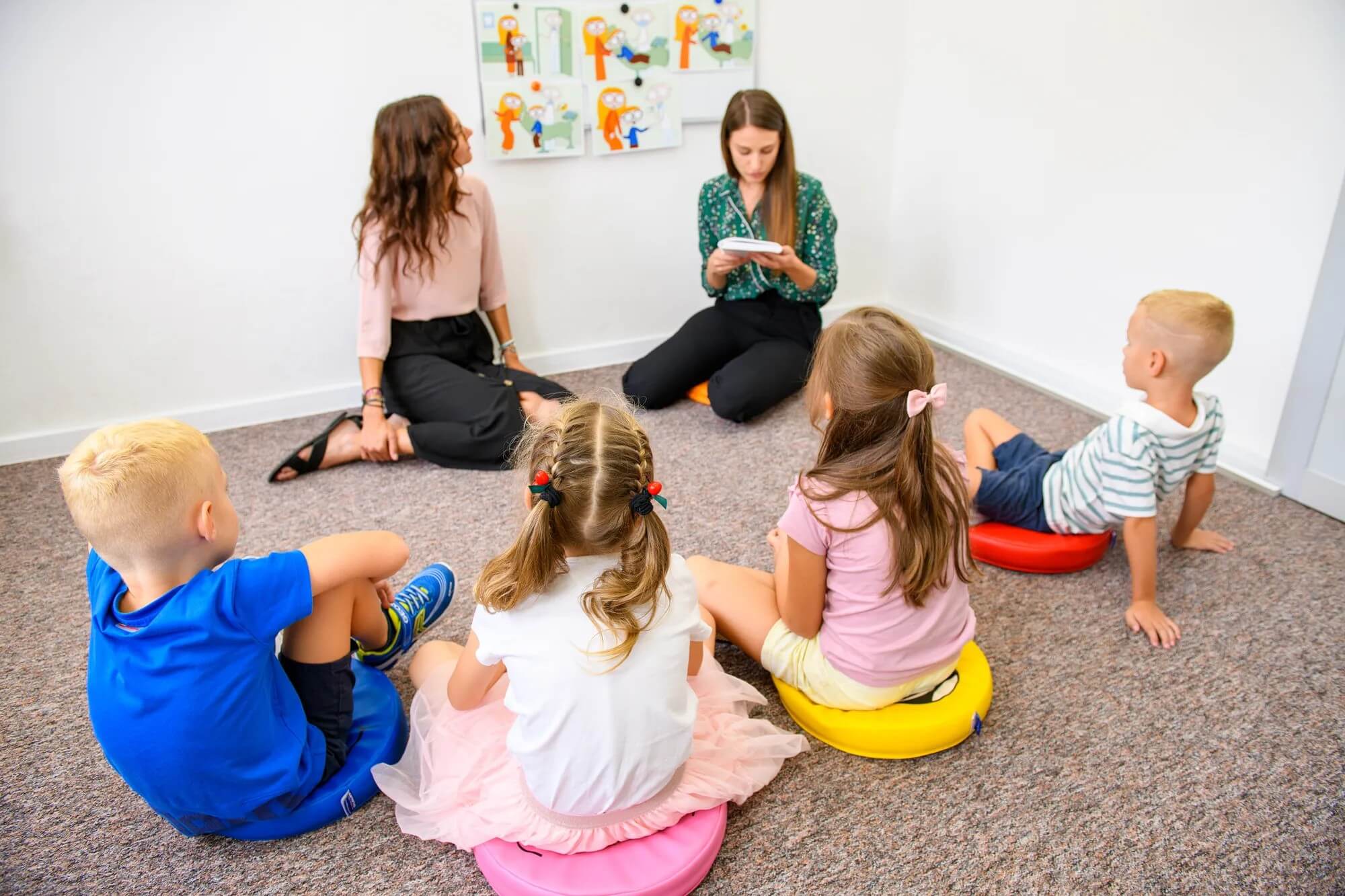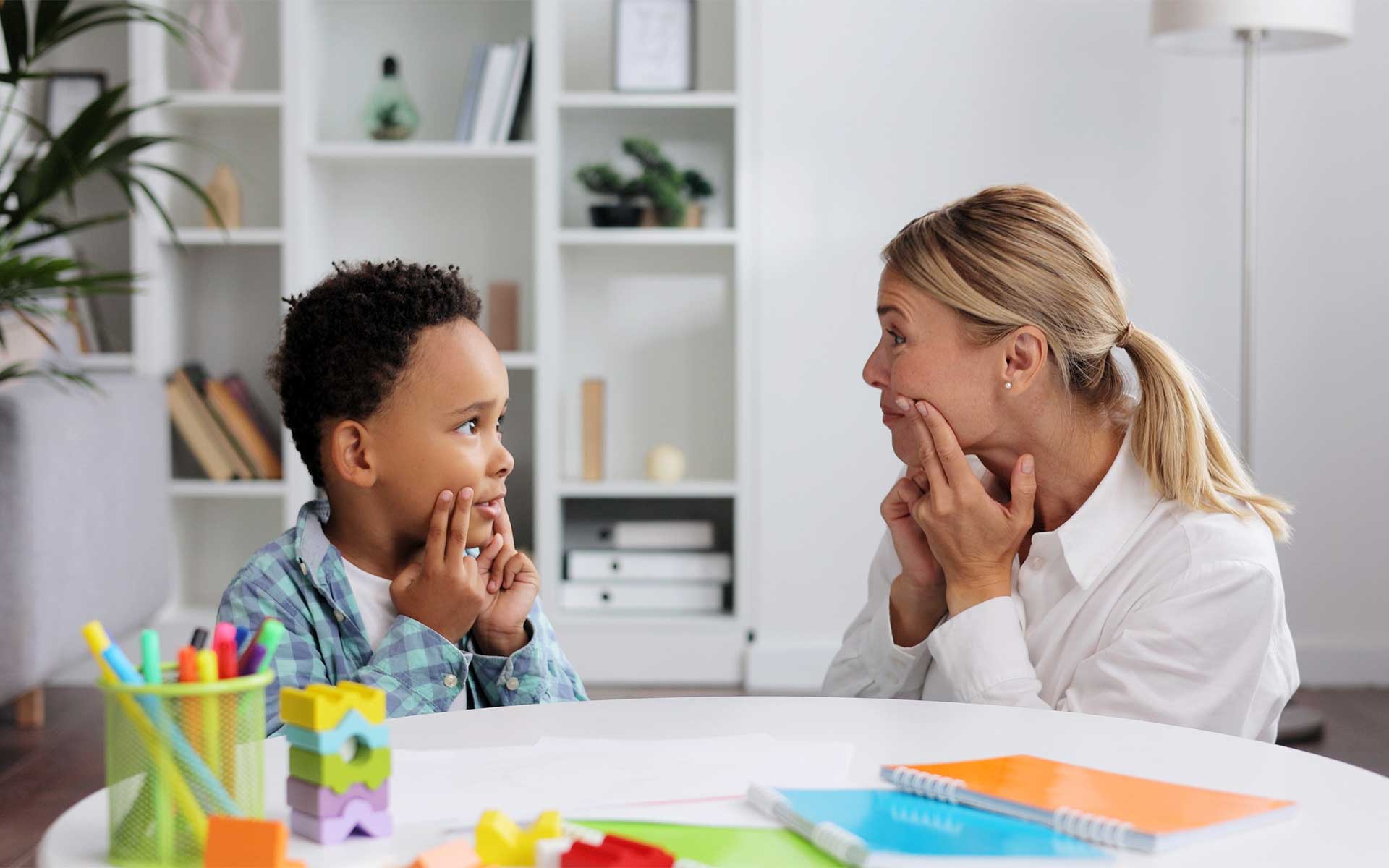Child development is a complex journey that involves physical, emotional, and social growth. For some children, this journey may present unique challenges that require additional support. An occupational therapy group can play a pivotal role in facilitating this support, helping children to thrive in various aspects of their lives. This article explores how these groups function, the benefits they offer, and how they can positively influence your child’s development.
Understanding Occupational Therapy
Occupational therapy (OT) is a client-centred health profession that focuses on enabling individuals to participate in everyday activities. For children, this often means enhancing their ability to engage in play, education, and daily routines. Occupational therapists assess each child’s specific needs and create tailored interventions to help them overcome barriers to participation. This process not only helps children develop essential skills but also fosters a sense of belonging and self-worth, which is crucial during formative years.
In addition to working directly with children, professionals from the occupational therapy group often collaborate with families, educators, and other healthcare professionals to ensure a holistic approach to a child’s development. This collaboration is vital, as it allows for a comprehensive understanding of the child’s environment and the challenges they face. By involving parents and teachers in the therapeutic process, occupational therapists can provide strategies that are easily integrated into daily life, thereby reinforcing the skills learned during therapy sessions.

The Role of Occupational Therapists
Occupational therapists work with children to develop essential skills that promote independence and confidence. They employ a variety of techniques, including play-based activities, sensory integration, and adaptive strategies, to address developmental challenges. By focusing on the child’s strengths and interests, therapists can create a supportive environment that encourages growth. This tailored approach not only makes therapy enjoyable for children but also significantly increases the likelihood of successful outcomes, as children are more likely to engage in activities that resonate with their personal interests.
Moreover, occupational therapists often incorporate technology into their practice, using tools such as apps and interactive games to enhance engagement. These modern methods can be particularly effective for children who may be reluctant to participate in traditional therapeutic activities. By integrating technology, therapists can create an interactive learning experience that captivates children’s attention and motivates them to practice essential skills in a fun and innovative way.
Areas of Focus in Occupational Therapy
Occupational therapy can address a wide range of developmental areas, including:
- Fine Motor Skills: Helping children develop the dexterity needed for tasks like writing, buttoning clothes, and using utensils.
- Gross Motor Skills: Enhancing coordination and balance through activities like climbing, jumping, and running.
- Social Skills: Supporting children in developing communication and interpersonal skills necessary for interacting with peers.
- Self-Care Skills: Teaching children how to manage personal hygiene, dressing, and feeding themselves.
In addition to these core areas, occupational therapy can also play a crucial role in addressing sensory processing issues. Many children experience difficulties in interpreting sensory information, which can lead to challenges in behaviour and social interactions. Occupational therapists are trained to identify these sensory processing challenges and implement strategies that help children regulate their responses to sensory stimuli. This might include creating sensory diets, which are tailored activities designed to meet a child’s sensory needs throughout the day, thereby promoting better focus and emotional regulation. Click here to get about the role of an occupational therapist.

The Benefits of Occupational Therapy Groups
Participating in an occupational therapy group offers numerous advantages for children and their families. These groups provide a collaborative environment where children can learn from one another while receiving professional guidance. Below are some key benefits of engaging in an occupational therapy group.
Social Interaction and Peer Learning
One of the most significant advantages of group therapy is the opportunity for social interaction. Children can engage with peers who may share similar challenges, fostering a sense of belonging and understanding. This environment encourages them to practice social skills in a safe and supportive setting.
Through structured activities, children learn to communicate, cooperate, and resolve conflicts. These interactions not only enhance their social skills but also build their confidence in navigating relationships outside of the therapy group.
Motivation and Engagement
Group settings can significantly increase a child’s motivation to participate in therapy. The presence of peers can make activities more enjoyable and engaging, turning what might feel like a chore into a fun experience. Children often feel inspired by watching their peers succeed and may be more willing to try new tasks themselves.
Moreover, occupational therapists can create group activities that are tailored to the interests and abilities of the children involved. This personalised approach ensures that each child remains engaged and motivated throughout their therapy sessions.
How Occupational Therapy Groups Operate
Occupational therapy groups typically consist of small numbers of children, allowing for individual attention while still fostering a sense of community. Sessions are usually structured around specific goals and activities designed to promote skill development. Below is an overview of how these groups generally operate.
Initial Assessment and Goal Setting
Before joining a group, each child undergoes an initial assessment conducted by an occupational therapist. This assessment helps identify the child’s strengths, challenges, and specific needs. Based on this evaluation, therapists work with families to set achievable goals tailored to the child’s development.
Goal setting is a collaborative process that involves both the child and their parents, ensuring that everyone is on the same page regarding the desired outcomes of therapy. This alignment is crucial for maintaining motivation and measuring progress.
Structured Activities and Therapeutic Techniques
Once goals are established, occupational therapy groups engage in a variety of structured activities designed to target specific skills. These activities may include:
- Art and Craft Projects: Enhancing fine motor skills and creativity.
- Group Games: Promoting teamwork and social interaction.
- Physical Activities: Improving gross motor skills through movement-based games.
Therapists guide these activities, providing support and feedback to ensure that each child is working towards their goals. The dynamic nature of group therapy allows for flexibility, enabling therapists to adjust activities based on the children’s responses and needs.

Choosing the Right Occupational Therapy Group
Finding the right occupational therapy group for your child is essential for maximising the benefits of therapy. Here are some factors to consider when selecting a group:
Qualifications and Experience of Therapists
Ensure that the occupational therapists leading the group are qualified and experienced in working with children. Look for therapists who have specialised training in paediatric occupational therapy and a track record of successfully helping children with similar challenges.
Group Size and Composition
The size of the group can significantly impact the effectiveness of therapy. Smaller groups typically allow for more individual attention, while larger groups may provide more opportunities for social interaction. Consider your child’s personality and needs when evaluating group size.
Additionally, the composition of the group should be taken into account. Children with similar developmental challenges may benefit from sharing experiences and learning from one another, while a diverse group can provide a broader range of social interactions.
Measuring Progress and Success
Tracking progress in occupational therapy is crucial for understanding the effectiveness of the interventions and making necessary adjustments. Occupational therapists employ various methods to assess a child’s development over time.
Regular Assessments and Feedback
Occupational therapists conduct regular assessments to evaluate each child’s progress towards their goals. These assessments may involve standardised tests, observational evaluations, and feedback from parents and teachers. By collecting data from multiple sources, therapists can gain a comprehensive understanding of a child’s development.
Feedback sessions with parents are also an integral part of the process. Therapists will share insights into the child’s progress, discuss any challenges, and adjust goals as needed. This collaborative approach ensures that parents remain informed and engaged in their child’s therapy journey.
Celebrating Achievements
Recognising and celebrating achievements, no matter how small, is vital for maintaining motivation and encouraging further progress. Occupational therapy groups often incorporate positive reinforcement strategies, such as rewards or praise, to acknowledge children’s efforts and successes.
Celebrating milestones not only boosts a child’s confidence but also reinforces the idea that progress is possible. This positive reinforcement can motivate children to continue working towards their goals, fostering a growth mindset.
Conclusion
Occupational therapy groups offer a valuable resource for children facing developmental challenges. By providing tailored support, fostering social interactions, and promoting skill development, these groups can significantly enhance a child’s overall well-being. The collaborative nature of group therapy creates a dynamic environment where children can learn, grow, and thrive.
Choosing the right occupational therapy group is essential for maximising the benefits of therapy. By considering factors such as the qualifications of therapists, group size, and composition, parents can make informed decisions that support their child’s developmental journey. With the right support, children can overcome challenges and achieve their full potential.


